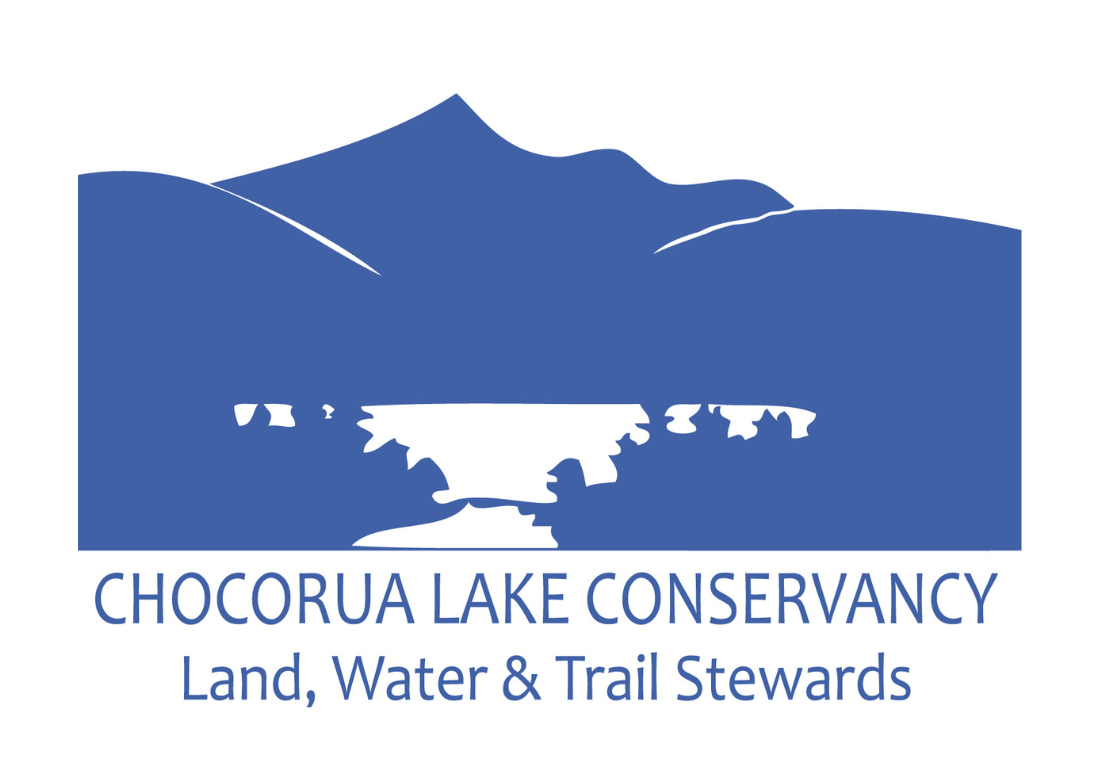In New Hampshire, only four percent of land is early successional habitat. Come learn why early successional habitat is so important for wildlife and pollinator species!
On Wednesday, May 1 from 10AM-12PM, join Chocorua Lake Conservancy for a Woodpiles for Wildlife Stewardship Workshop with CLC Stewardship Director Debra Marnich at Charlotte C. Browne Woods on Washington Hill Road in Chocorua. Lend a hand creating wood and brush piles for wildlife with recently-cut early successional habitat saplings, and learn about the benefits of brush piles, which provide habitat, cover, and food for many types of wildlife and insects. We will also be clipping small stumps of saplings the mower leaves behind.
As land managers and stewards, CLC is focusing on creating and maintaining several different stages of succession on this property. Early successional habitat is the rapidly growing grasses, shrubs, forbs, and trees that occur after a disturbance, such as a fire or a clearing. Sun-loving species such as big-toothed aspen, paper birch, red maple, elderberry, sumac, and blackberry are typically the first tree and shrub regrowth to be established on site. The abundant flush of vegetative growth attracts many insects and provides a thick nest cover and forage area for a host of different wildlife species. Help us do our part in creating and maintaining a diverse and resilient landscape throughout the Chocorua Lake Basin.
Please wear sturdy boots or close-toed shoes as the terrain may be uneven and rocky. Bring clippers, work gloves,water, snacks, bug spray, and netting if necessary—hopefully it's too early for that! Please register in advance below so that we can reach you if plans change or the weather changes plans.
CLC Stewardship Director Debra Marnich holds a BS in Zoology and an MS in Forestry. Her major interests and professional focus areas include combining wildlife and forestry practices to manage for both sound silvicultural and optimum wildlife habitat, creating early successional and bird nesting habitat, pollinator habitat creation, promoting small diverse farms local food production/agriculture, promoting land conservation and protection, environmental education, and integrating all resources concerns to create a balanced conservation system.
Banner image: Building wood piles for wildlife! Photo: Alex Moot

